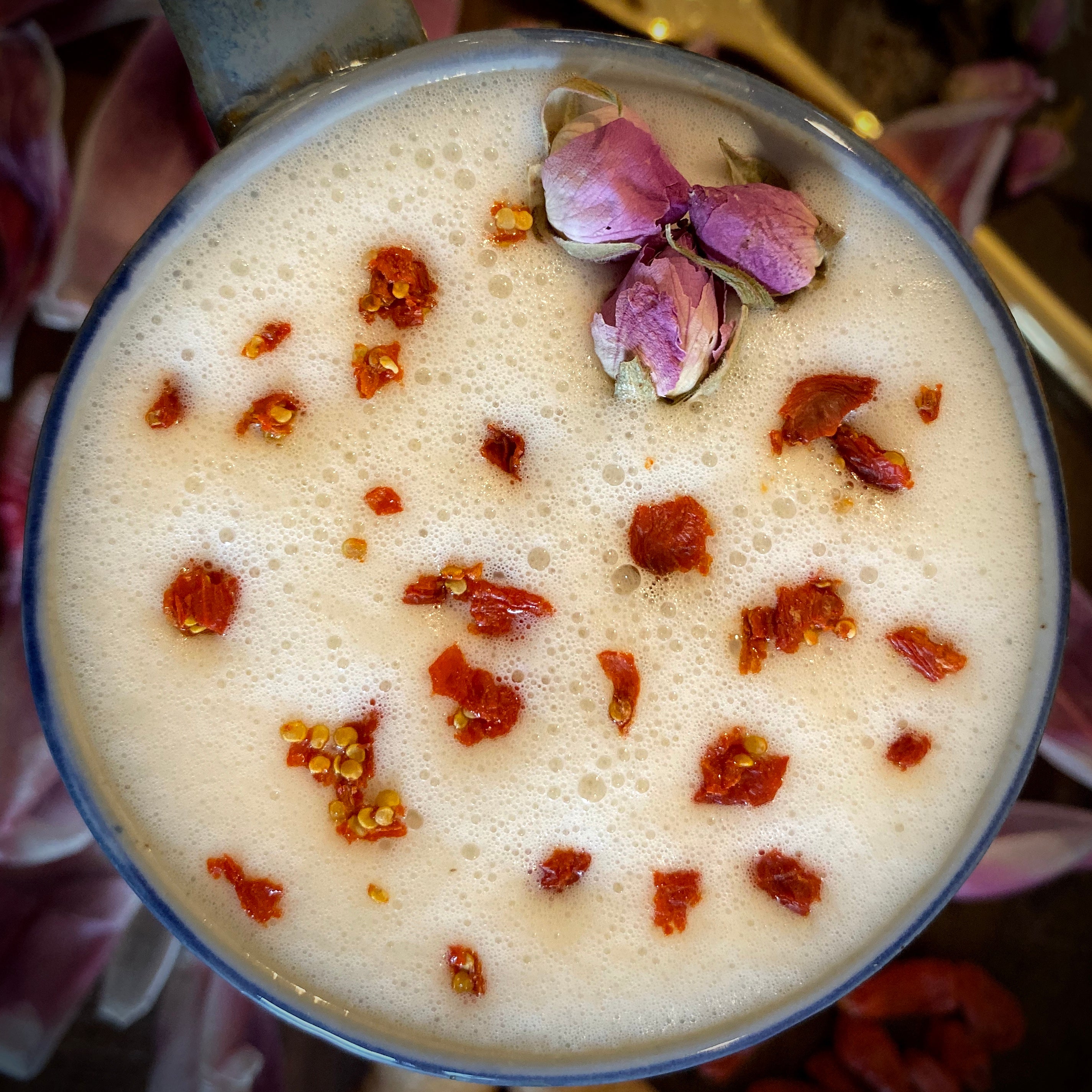October 07, 2013

An easy way to find out if you are getting enough nutrients is just to look down at your plate.
What colors do you see? Is your food colorful and bright or does it look a little drab and dreary?
Did you eat the same colors yesterday and the day before? If so, you might want to consider changing it up.
Why is it so important to eat foods from each color of the rainbow? Because each color contains different nutrition and healing properties. Did you know foods with orange pigment contain nutrients that are good for the skin, while foods that are blue or purple contain nutrients that tend to be good for cognitive function? Green foods tend to be good for hormone balance while red foods are great for the vascular system.
Paying attention and making sure your food contains all the colors of the rainbow is not only fun, it is an easy way to make sure you are getting enough vitamins and nutrients into your body from your diet. If you tend to only eat one color you will be missing out on nutrients. And no, eating a bag of gummy bears or skittles doesn’t count!
The next time you sit down to eat, ask yourself, does this meal contain all the colors of the rainbow? What colors am I missing? Did I eat the same or different colors earlier today or yesterday? Are there a color themes that I eat too often? Is there a color that I don’t eat enough of?
Below is a short list of benefits from colorful foods:

Red foods contain lycopene and anthocyanins which makes them great anti-inflammatory and anti-cancer foods. They provide cell protection, are good for DHA health, immune health, prostate health, and for the vascular system.
Example foods Adzuki beans, apples, beets, bell peppers, cherries, cranberries, pink grapefruit, goji berries, grapes, kidney beans, onions, plums, pomegranate, potatoes, radicchio, radishes, raspberries, shrimp, strawberries, sweet red peppers, rhubarb, rooibos tea, and tomato.

The bright color in orange foods come from the high amount of beta-carotene they contain. Orange foods are anti-cancer, anti-inflammatory, and anti-bacterial. They are good for the immune and reproductive systems. They provide cell protection and are great for the skin. Orange foods tend to be a great source of vitamin A and they help to increase longevity.
Example foods Acorn squash, apricots, orange bell pepper, butternut squash, cantaloupe, carrots, mango, nectarine, orange, papaya, persimmons, pumpkin, sweet potato, tangerines, and turmeric.

Yellow foods contain the carotenoid zeaxanthin which is needed for the health of your eyes, heart, skin, and vascular system. Yellow foods are anti-cancer and anti-inflammatory. Plus, they provide cell protection and are great for cognition.
Example foods Golden delicious apple, asian pears, bananas, yellow bell peppers, corn, ginger, lemon, pineapple, yukon gold potatoes, starfruit, and succotash.

Green foods contain a free radical antioxidant called lutein. Green foods are anti-cancer and anti-inflammatory and are great for the brain, skin, heart, and liver. They provide cell protection and help to balance the hormone system.
Example foods Green apples, artichoke, asparagus, avocado, bamboo sprouts, bean sprouts, green bell peppers, bitter melon, bok choy, broccoli, broccolini, brussel sprouts, cabbage, celery, cucumbers, edamame, green beans, green peas, green tea, greens (chard, beet greens, collard, dandelion, kale, lettuce, mustard, spinach, turnip), limes, okra, olives, pears, rosemary, snow peas, and watercress.

Blue and purple foods contain antioxidant rich anthocyanins. They are anti-cancer, anti- inflammatory, provide cell protection, and are great for brain and heart health.
Example foods Purple bell pepper, berries, blueberries, boysenberries, blackberries, purple cabbage, purple carrots, purple cauliflower, eggplant, figs, grapes, purple kale, olives, plums, potatoes, prunes, raisins, black or purple rice.

White, tan, and brown foods contain anthoxanthins, allicin, and quercetin. These foods are anti-cancer and anti-inflammatory nutrients. They provide cell protection and are good for the gastrointestinal and endocrine systems. They benefit the heart and liver.
Example foods Apples, beans, cauliflower, chickpeas, cinnamon, cloves, coconut, coffee, dark chocolate, dates, flaxseed, garlic, legumes, lychee, mushrooms, nuts, onions, pears, sauerkraut, sesame seeds, shallots, soy, tahini, tea (white or black), and grains.
By adding more color containing foods to your diet now you just might enjoy better health in the future.
December 21, 2019 0 Comments
With a vast drop in temperature, darker skies and rainy days, winter is the most yin of all the seasons. It is associated with the kidney and bladder organs, the color black, the element water, the emotion fear, and salty and bitter flavors.
December 06, 2019 0 Comments

Goji berries are one of the most well known Chinese herbs in the US. Used for over 2000 years in China, they were first mentioned in the Shen Nong Ben Cao Jing, the oldest known book on Chinese herbs in 200 BC. They are prized for their ability to tonify blood and yin without causing stagnation. Consumed daily in China as a food and herbal medicine, goji berries are revered for their anti-aging properties. They are used in many beauty tonics.